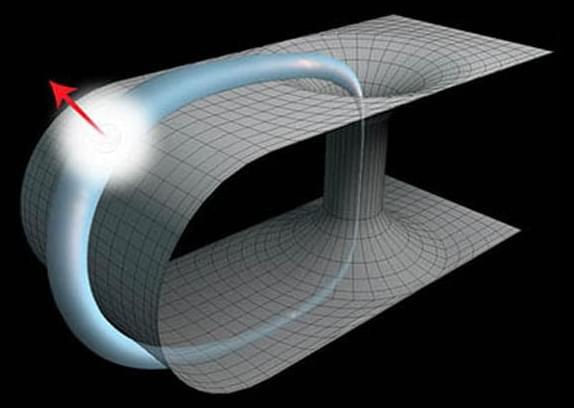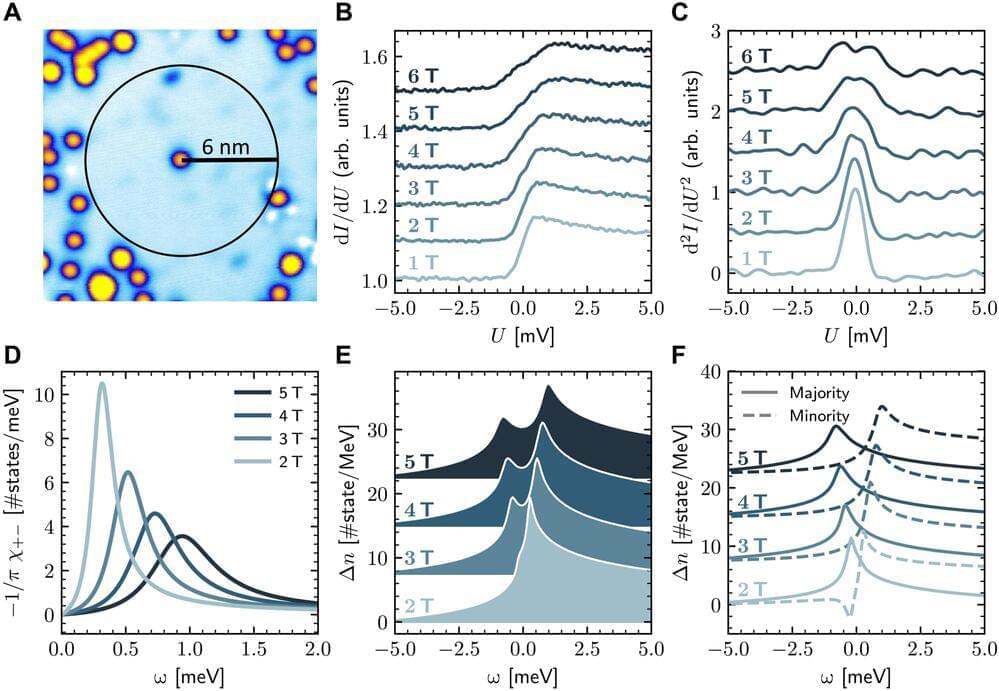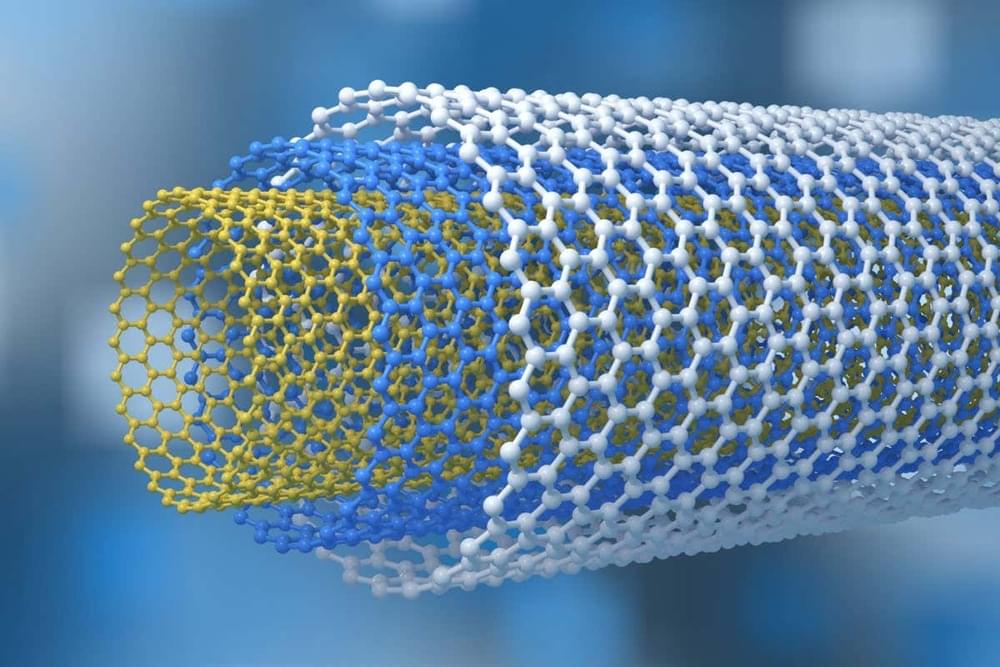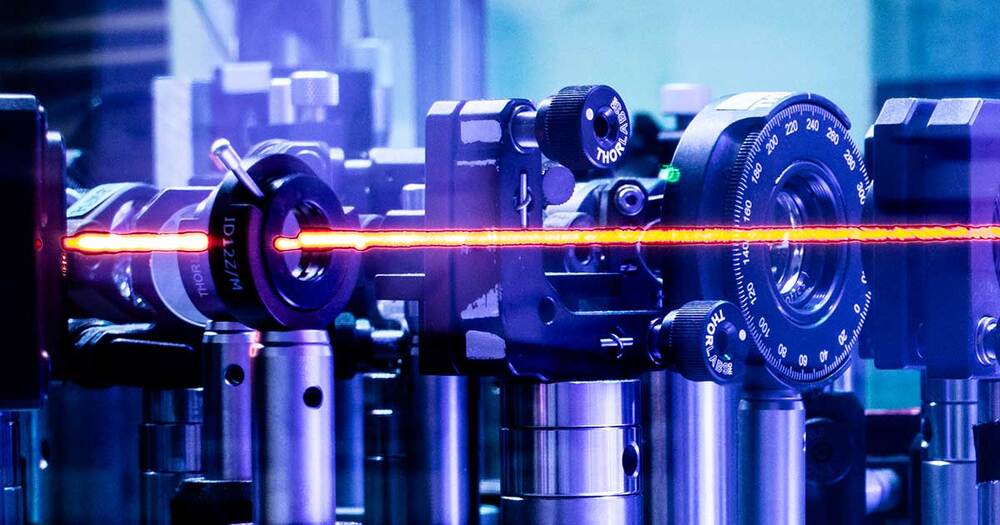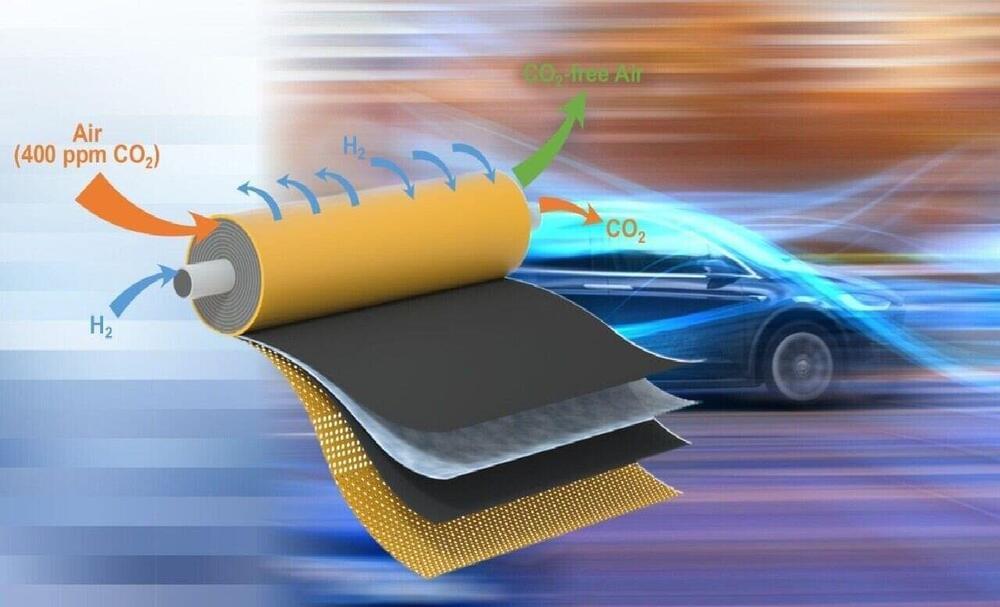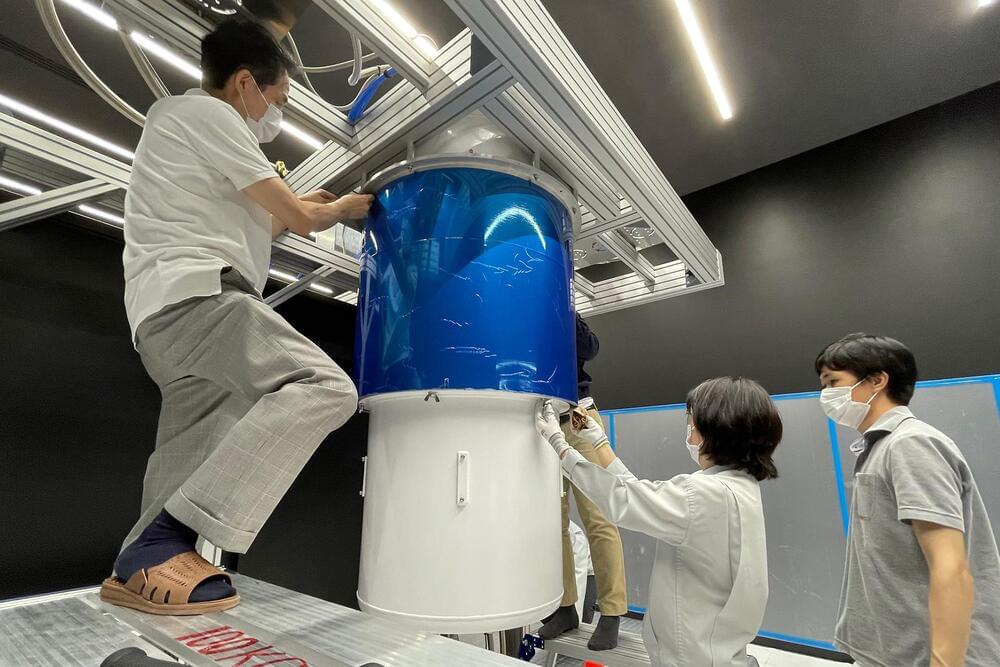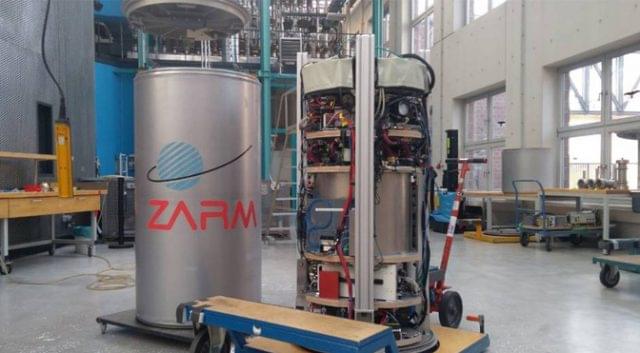Feb 9, 2022
A CMOS-based chip that integrates silicon quantum dots and multiplexed readout electronics
Posted by Saúl Morales Rodriguéz in categories: computing, quantum physics
Researchers at École Polytechnique Fédérale de Lausanne (EPFL) and the Hitachi Cambridge Laboratory have recently designed an integrated circuit (IC) that integrates silicon quantum dots with conventional readout electronics. This chip, introduced in a paper published in Nature Electronics, is based on a 40-nm cryogenic complementary metal-oxide semiconductor (CMOS) technology that is readily and commercially available.
“Our recent paper builds on the expertise of the two groups involved,” Andrea Ruffino, one of the researchers at EPFL who carried out the study, told TechXplore. “The goal of our group was to build cryogenic (Bi)CMOS integrated circuits for readout and control of quantum computers, to be co-packaged or co-integrated in the final stage with silicon quantum processors. On the other hand, the team at the Hitachi Cambridge Laboratory have been studying silicon quantum devices for many years.”
Ruffino and his colleagues at EPFL joined forces with the team at the Hitachi Cambridge Laboratory with the common goal of uniting classical circuits and quantum devices on a single chip. Their paper builds on some of their previous efforts, including the proposal of cryogenic CMOS ICs for quantum computing, as well as the realization of fast-sensing and time-multiplexed sensing of silicon quantum devices.
